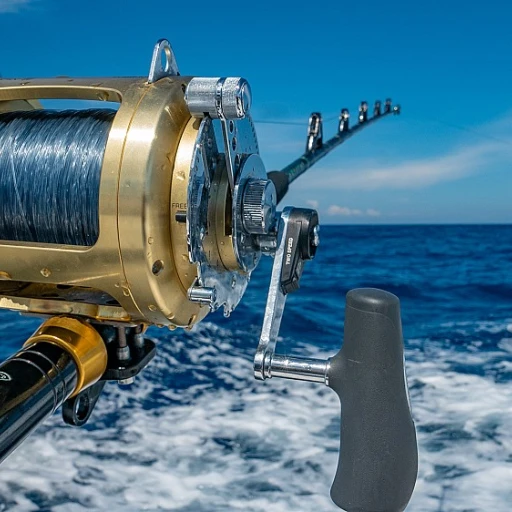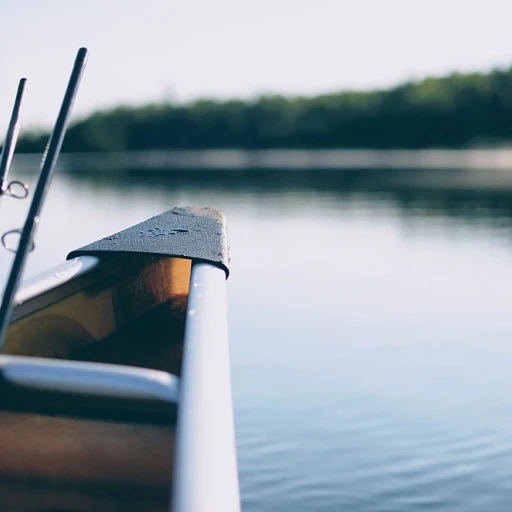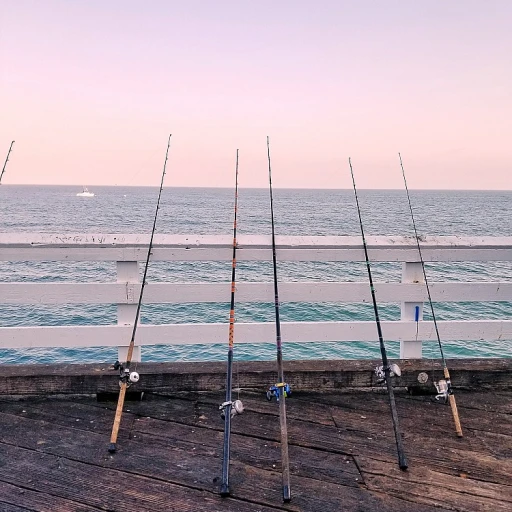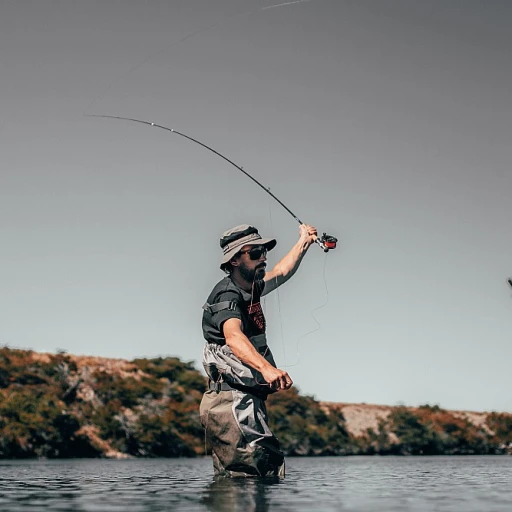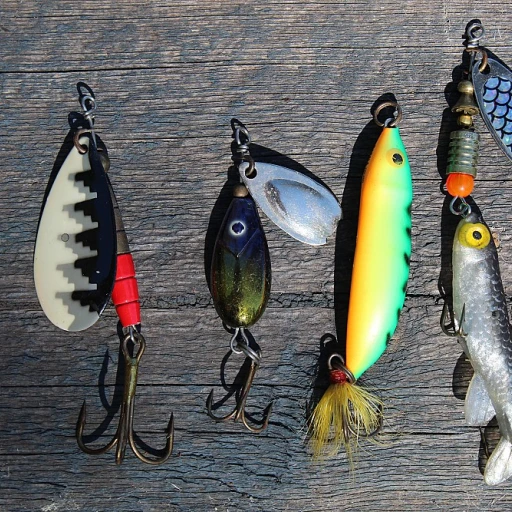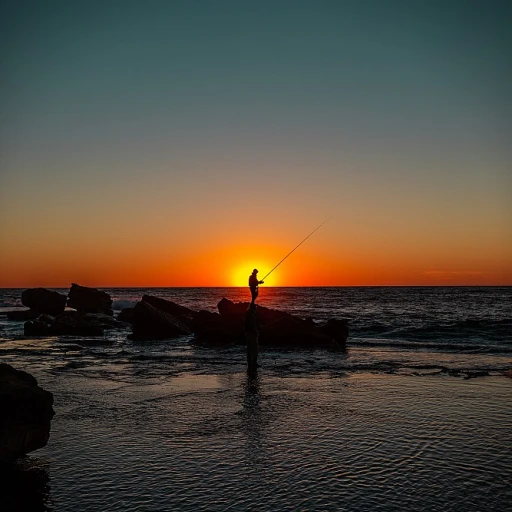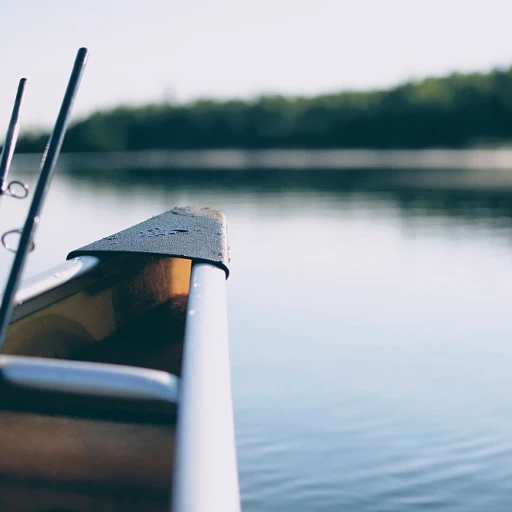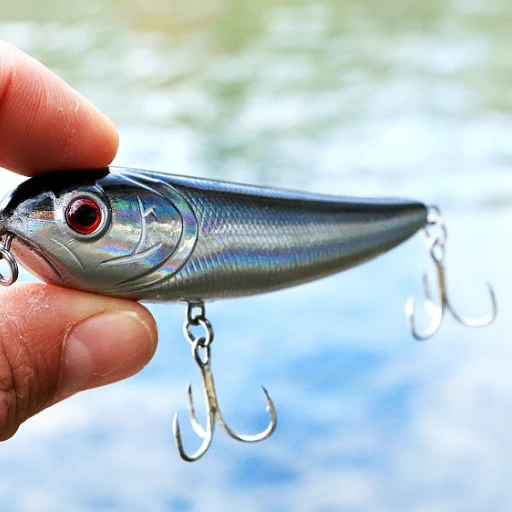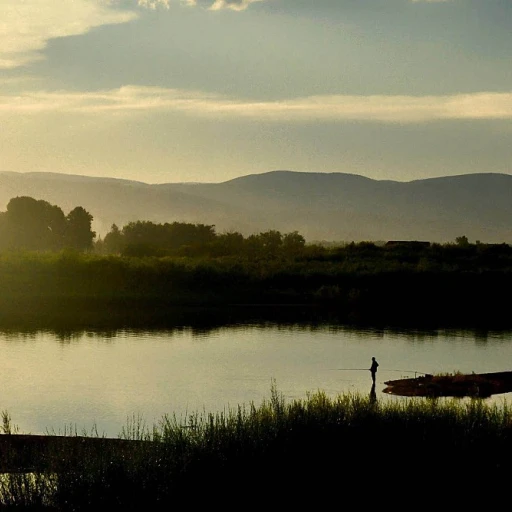
Understanding Felt Sole Wading Boots
Exploring the Dynamics of Felt Sole Wading Boots
Felt sole wading boots have become a staple for many fly fishing enthusiasts, offering unique attributes that cater to the needs of avid anglers. The design and functionality of these boots play a crucial role in ensuring safety and comfort while out in the waters. Felt soles are crafted specifically to provide superior traction on slippery surfaces like rocks and riverbeds. Unlike rubber soles, which can sometimes slip or slide when wet, felt offers a grip that is hard to match. This feature is particularly beneficial for anglers who frequently navigate through challenging terrain where stability is paramount. Additionally, these boots are not just about grip. They integrate seamlessly with other gear, such as waders, offering anglers a comprehensive solution to their fishing pursuits. When the right pair of felt wading boots is chosen, it can significantly enhance an angler’s overall fishing experience. The comfort and durability of these boots make them a worthwhile long-term investment, allowing anglers to focus on the thrill of the catch without worrying about slipping or discomfort. While felt soles offer numerous advantages, it’s important to consider the environmental aspects and maintenance to ensure they remain in top condition. For those exploring different gear, comparing various boot options can also help diversify one's fishing toolkit, ensuring a tailored fit for every outing. For a comprehensive perspective on angling gear, including apparel that enhances your fishing trips, check out Fishing Magazine's guide to best long sleeve shirts.Advantages of Felt Sole Wading Boots
The Benefits of Felt Sole Wading Boots
Understanding why felt sole wading boots have long been the choice of many anglers requires a closer look at their functional advantages. These boots are tailored to enhance your stability during fly fishing adventures in aquatic environments. Felt soles provide superior traction on slippery surfaces, a key feature that makes them ideal for rocky riverbeds and stream fishing. Their unique texture grips wet rocks, offering a consistent and reliable foothold, which is crucial for maintaining balance while wading. Another aspect where felt excels is drainage. Felt enables water to pass through and keeps your boots free of unwanted weight while you move through the water. This drainage capability not only improves comfort but also ensures efficient mobility. Let's not forget about the comfort factor. The soft nature of felt makes these soles feel less rigid against your feet, a noted benefit when you spend extended hours in your fishing wading boots. This pliability often results in less foot fatigue and a more enjoyable fishing trip. Felt soled boots are also known for their ability to conform to irregular surfaces. They can adapt to various terrains, making them versatile across different fishing environments. When considering the price point of fishing gear, felt sole wading boots often fill an essential niche, providing both quality and functionality at a reasonable cost. Wading boots with felt soles remain popular in many fishing communities, thanks to their reliable performance and the advantages they offer when wading in rough conditions. If you're planning on fishing in environments where footing can be tricky, these boots are certainly worth adding to your wishlist. However, it's also worth noting the potential concerns around invasive species, which you will want to take into account.Environmental Considerations
Eco-Friendly Fishing Practices
Felt sole wading boots have been a go-to choice for anglers, valued for their exceptional grip on slippery surfaces. However, these very soles pose significant environmental concerns due to their tendency to harbor invasive species. Invasive species like algae or microorganisms can latch onto the felt, and when anglers move from stream to stream, there's a risk of spreading these species, disrupting local ecosystems.Protecting Our waterways
Thus, it's crucial for the well-informed angler to understand the importance of these environmental considerations. When selecting waders or considering felt soled options, be aware that certain regions and countries have imposed regulations or outright bans on felt sole fishing boots to mitigate these risks.Responsible Angling
While felt remains a popular option for many due to its unmatched traction, many companies are responding to these environmental concerns by innovating with alternative materials. For those who want to continue enjoying their passion while being environmentally conscious, exploring the versatility of materials used in fishing products provides insight into sustainable choices.Sustainable Innovations
Among these alternatives, rubber soles embedded with studs, like those often offered free with purchase, attempt to closely mimic the grip provided by felt without the environmental drawbacks. Brands such as Paramount Outdoors have been at the forefront of offering such sustainable options. This innovation not only protects the environment but also expands the wishlist for new products that align with eco-friendly angling practices. Keep these considerations in mind when choosing your next pair of wading boots. Their price might seem like a larger factor initially, but the long-term benefits and the ecological footprint should be pivotal in your decision-making process.Choosing the Right Pair
Key Factors to Consider When Selecting Wading Boots
Choosing the right pair of felt sole wading boots is critical for any angler aiming to enhance their fly fishing experience. There are several important elements you need to keep in mind to make sure you fill your wishlist with the best possible choice:- Fit and Comfort: Comfort should be at the forefront of your mind. A well-fitted boot will allow you to navigate slippery surfaces with ease. Remember, poor-fitting waders can turn your fishing trip into a nightmare.
- Material Quality: While felt soles are popular for their traction, the overall quality of the wading boot is important. Check if the boots are made from durable materials that can withstand the wear and tear of rocky riverbeds and have good water resistance.
- Weight: Lightweight wading shoes contribute significantly to mobility. Heavy boots might cause fatigue over long sessions and hinder your fishing efficiency, so look for boots that offer stability without compromising on weight.
- Price vs. Features: There’s a wide range of price points in the market. Consider your budget but also weigh it against the features such as studs, waterproofing, and whether they come with free shipping or other offers.
- Breathability: Anglers often overlook this but breathable materials will keep your feet dry and comfortable during long fishing days.
- Adaptability: If you’re considering alternating between felt and rubber soles, a versatile product like interchangeable sole systems is worth looking into. Some brands offer customizable wading boots that can adapt to different fishing environments.
- Environmental Impact: Be mindful of the environmental footprint of the boot you choose. Reduce the risk of spreading invasive species by selecting boots that are easy to clean and maintain, and consider if a boot can be a better option environmentally.
Maintenance and Care
Tips for Keeping Your Wading Footwear in Top Shape
Maintaining your felt sole wading boots is crucial to ensuring they last season after season. The care you give to these boots not only prolongs their life but also contributes to a better fly fishing experience. Here's how you can keep your fishing wading gear in excellent condition:- Cleanliness is Key: After each fishing trip, take the time to thoroughly rinse your wading boots, especially focusing on the felt soles. This prevents dirt and debris build-up which can attract unwanted invasive species. Use fresh water and a brush to clear out any packed-in mud or river sludge.
- Drying Matters: Always let your boots dry completely after every use. Leaving felt soles damp for too long encourages mold and odor. Hang them in a well-ventilated area out of direct sunlight to avoid rubber and fabric damage.
- Regular Inspections: As you clean, inspect the soles for wear and tear. Felt soles will eventually need replacement after heavy usage, which is crucial for maintaining grip on slippery surfaces.
- Consider Protective Additions: Adding accessories like studs can help increase traction on slick surfaces. Korkers offer wading boot soles that can attach quickly and are a popular choice among men wading in various terrains.
- Storage Tips: Store your boots indoors when they are not in use. Avoid leaving them in damp areas to prevent any rubber degradation or deterioration of the felt.
- Caring with Products: Invest in boot-specific washes or sprays to help maintain material integrity. Paramount Outdoors offers solutions that can assist with keeping fishing boots in pristine condition.
Alternatives to Felt Sole Wading Boots
Exploring Other Options for Wading Boots
While felt sole wading boots have long been favored for their traction advantages, it is important to consider alternative options that might better suit your fishing needs, especially in light of environmental concerns.
1. Rubber Sole Boots: Rubber soles present a popular alternative to felt soles, offering several benefits. These boots provide substantial grip on a variety of surfaces, including mud and wet rocks, which is often comparable to that of felt. Furthermore, rubber soled wading boots tend to be easier to clean, reducing the risk of transporting invasive species between waterways. They have become a top choice for many anglers who are environmentally conscious.
2. Studded Soles: For added traction, many anglers opt for boots equipped with studs or cleats. These studs can be attached to both felt and rubber soles, enhancing grip on slippery surfaces. Wading boots with replaceable studs provide the flexibility to adapt to different fishing environments, making them a versatile choice.
3. Wading Shoes and Sandals: Some anglers prefer wading shoes or sandals for more casual fishing excursions. These options are lightweight and can provide enough traction in shallow waters. However, they may not offer the ankle support and protection that boots do, making them less suitable for harsh conditions.
4. Korkers' Interchangeable Soles: Products like those from Korkers offer an innovative approach with interchangeable sole systems. This allows anglers to switch between felt and rubber soles, or even other types, according to the fishing environment. Such versatility can be a great advantage, though it may come at a higher price point.
When choosing an alternative to felt soled boots, it's important to consider not only the price and availability but also how they will fit your specific fishing conditions and personal comfort. Exploring your options can fill your wishlist with versatile gear that enhances your overall fishing experience.

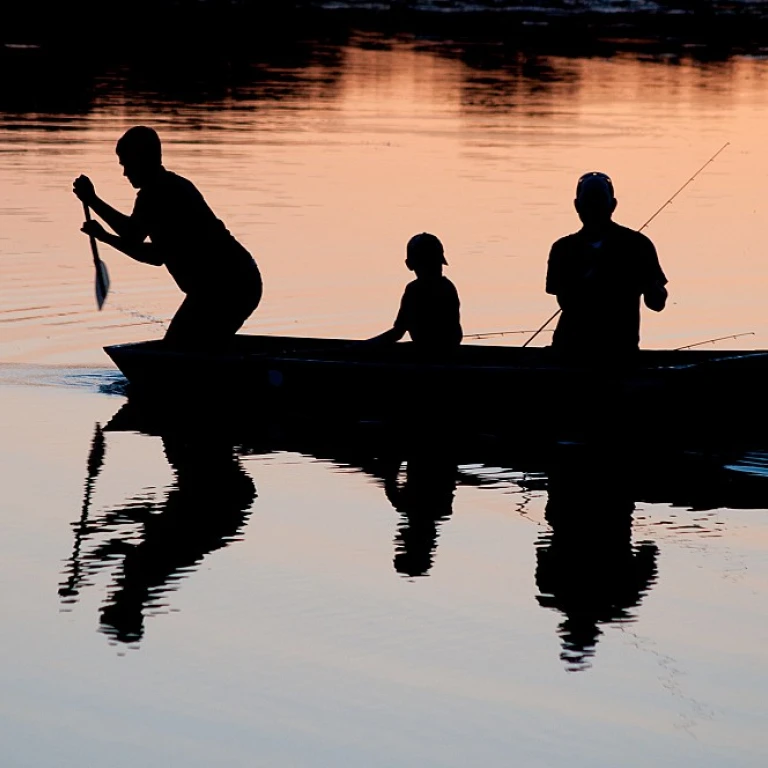
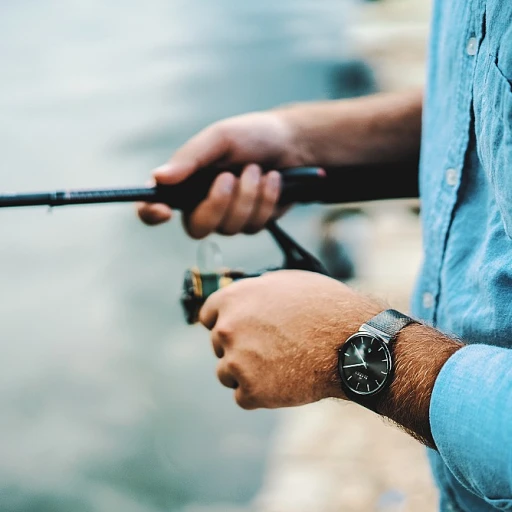
-large-teaser.webp)
